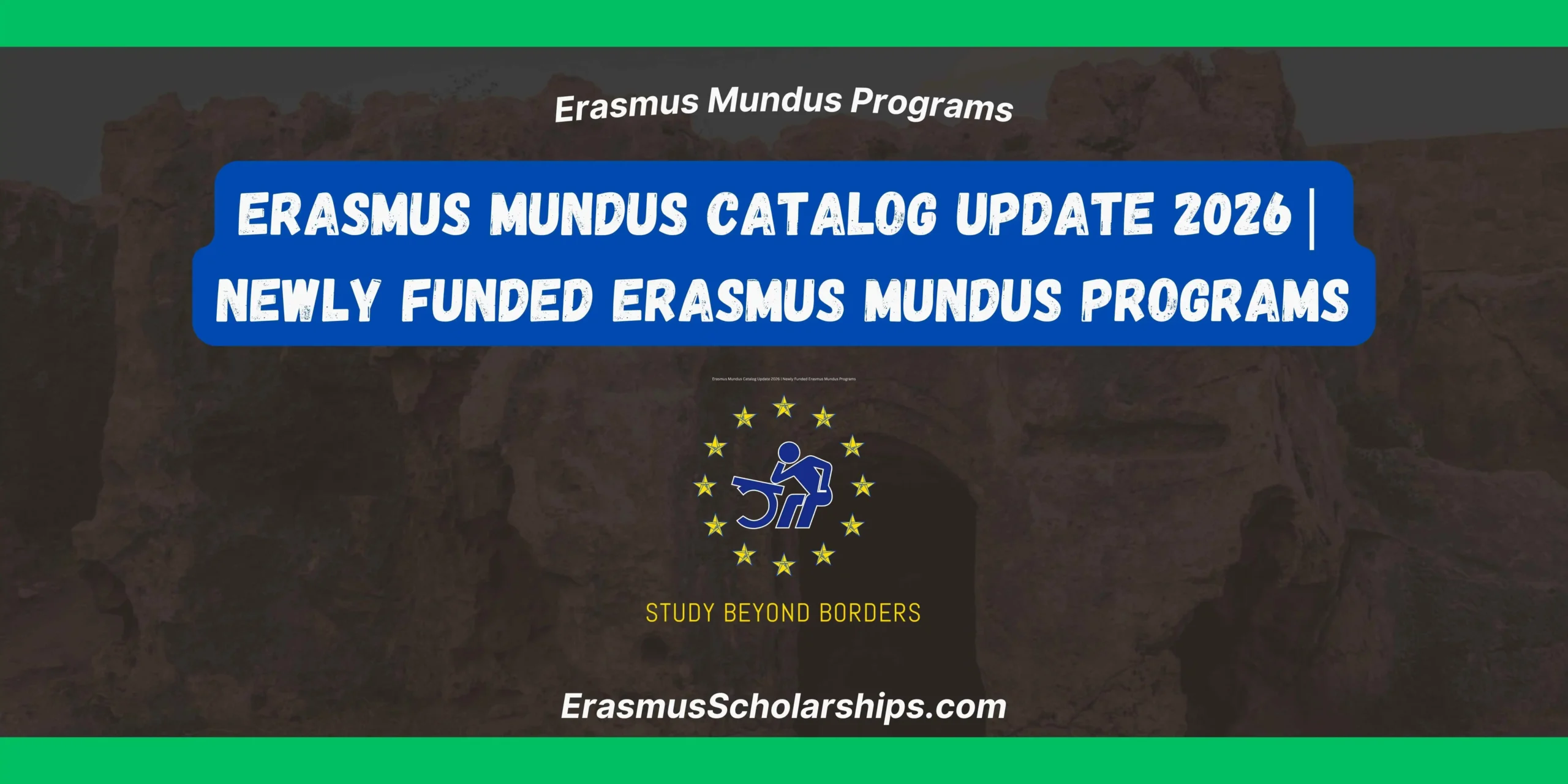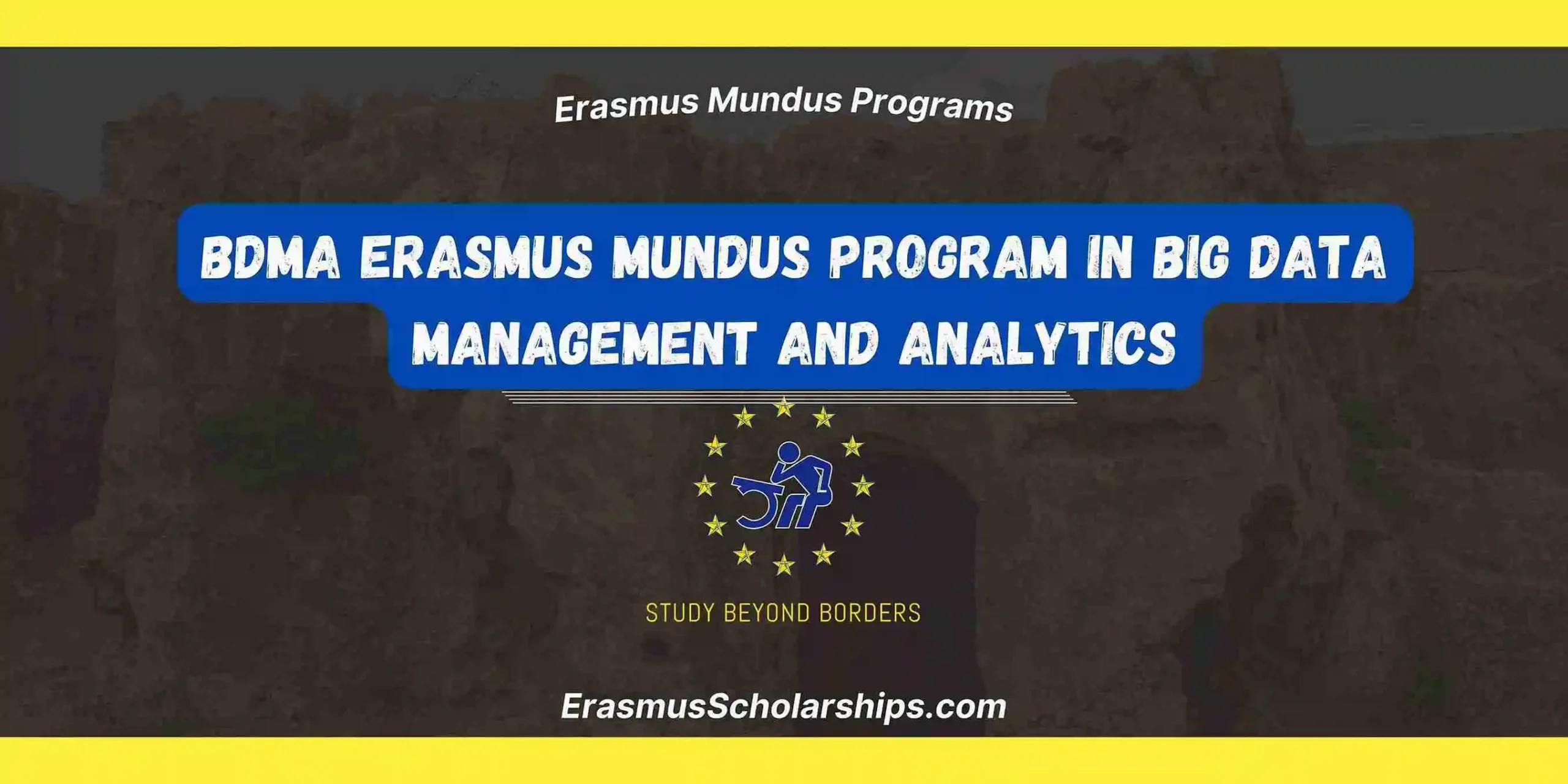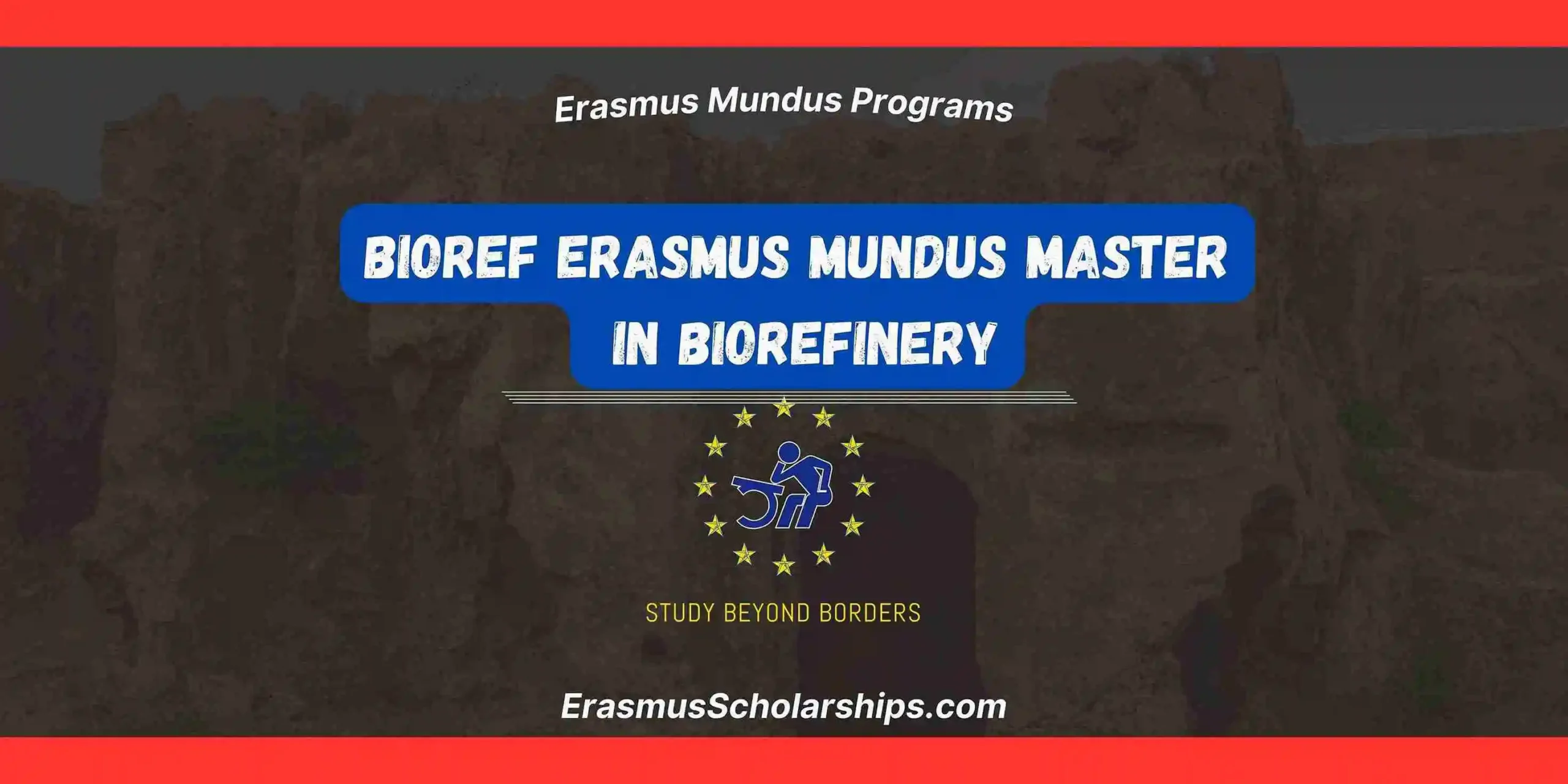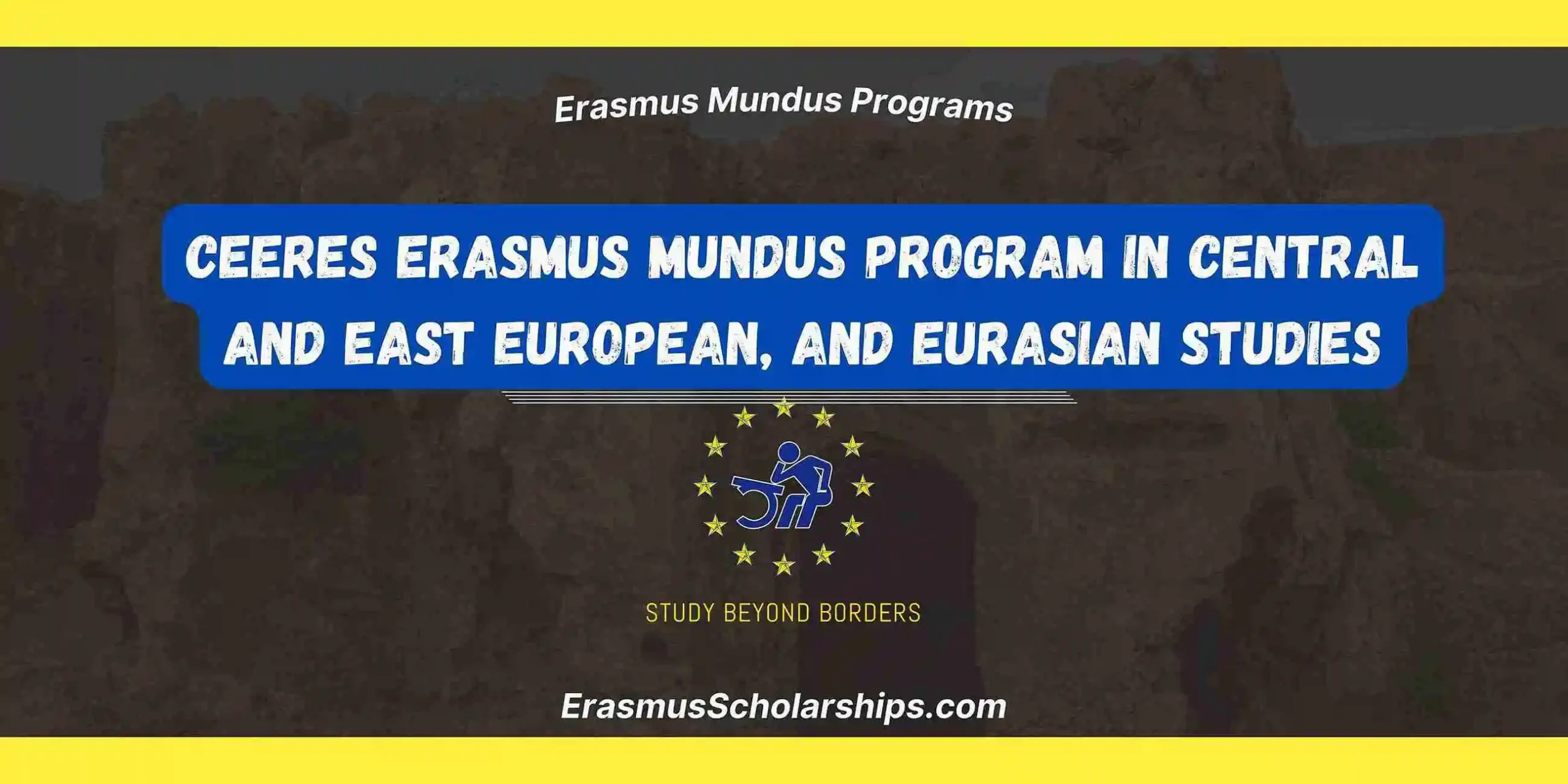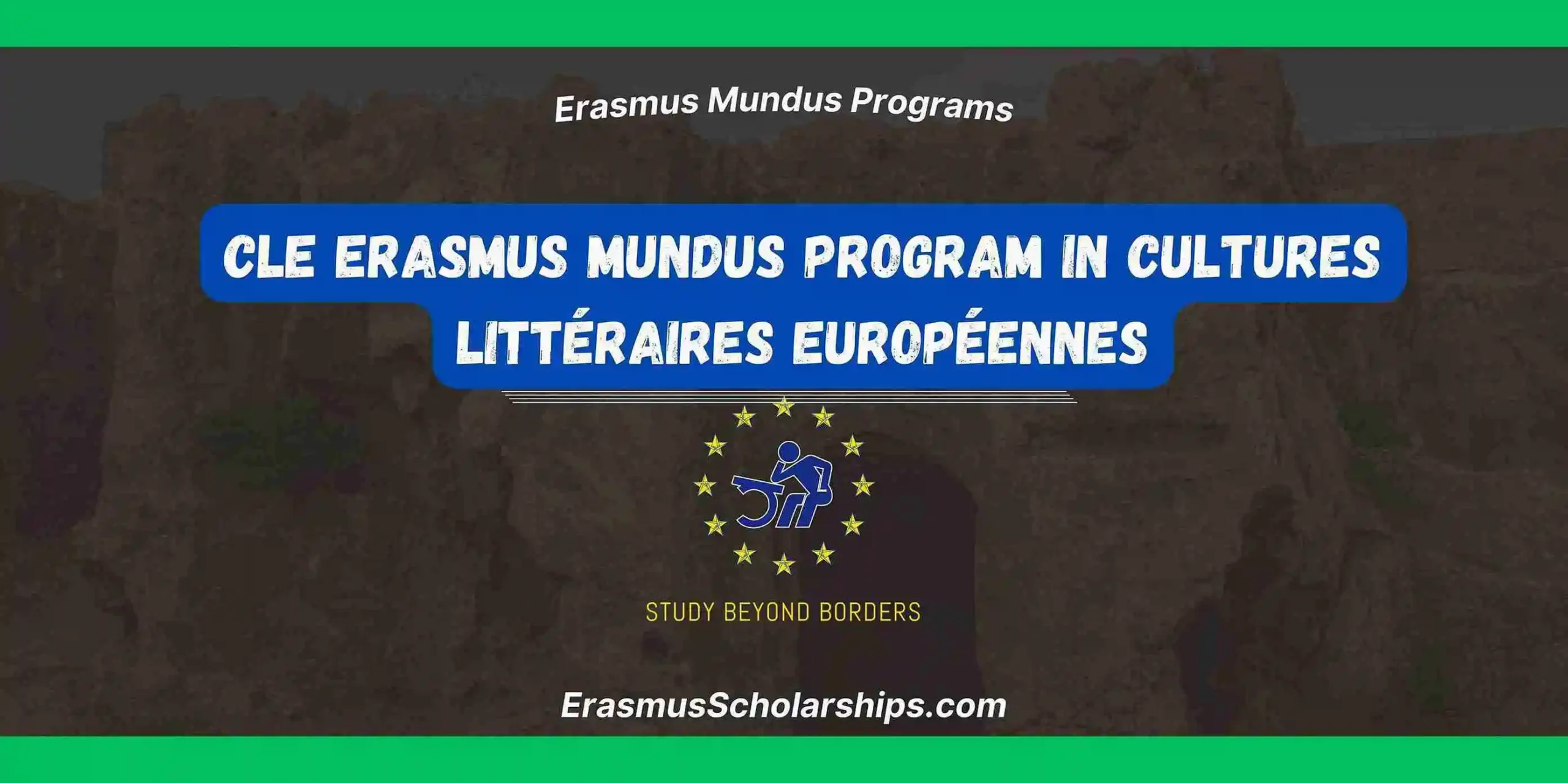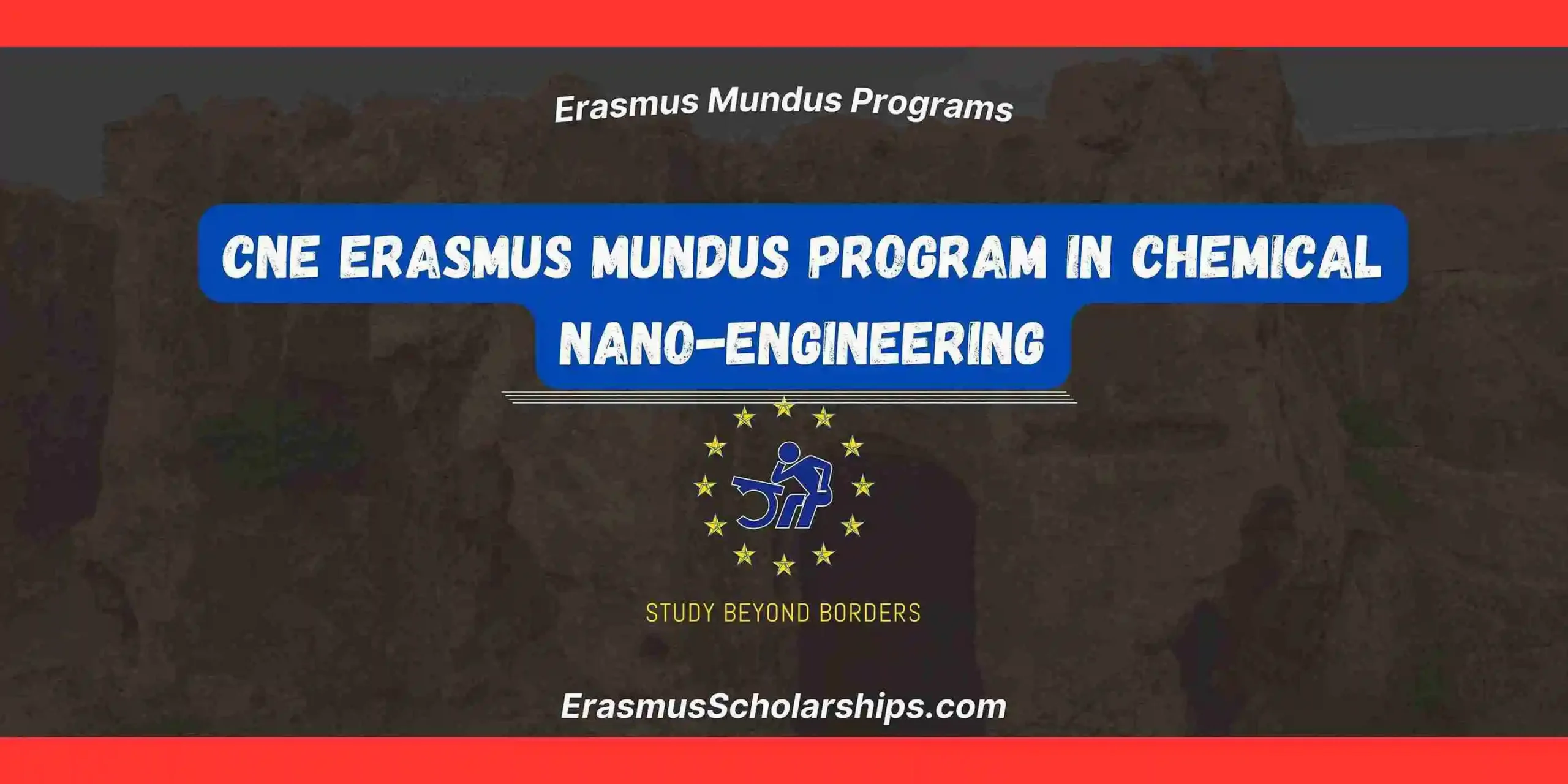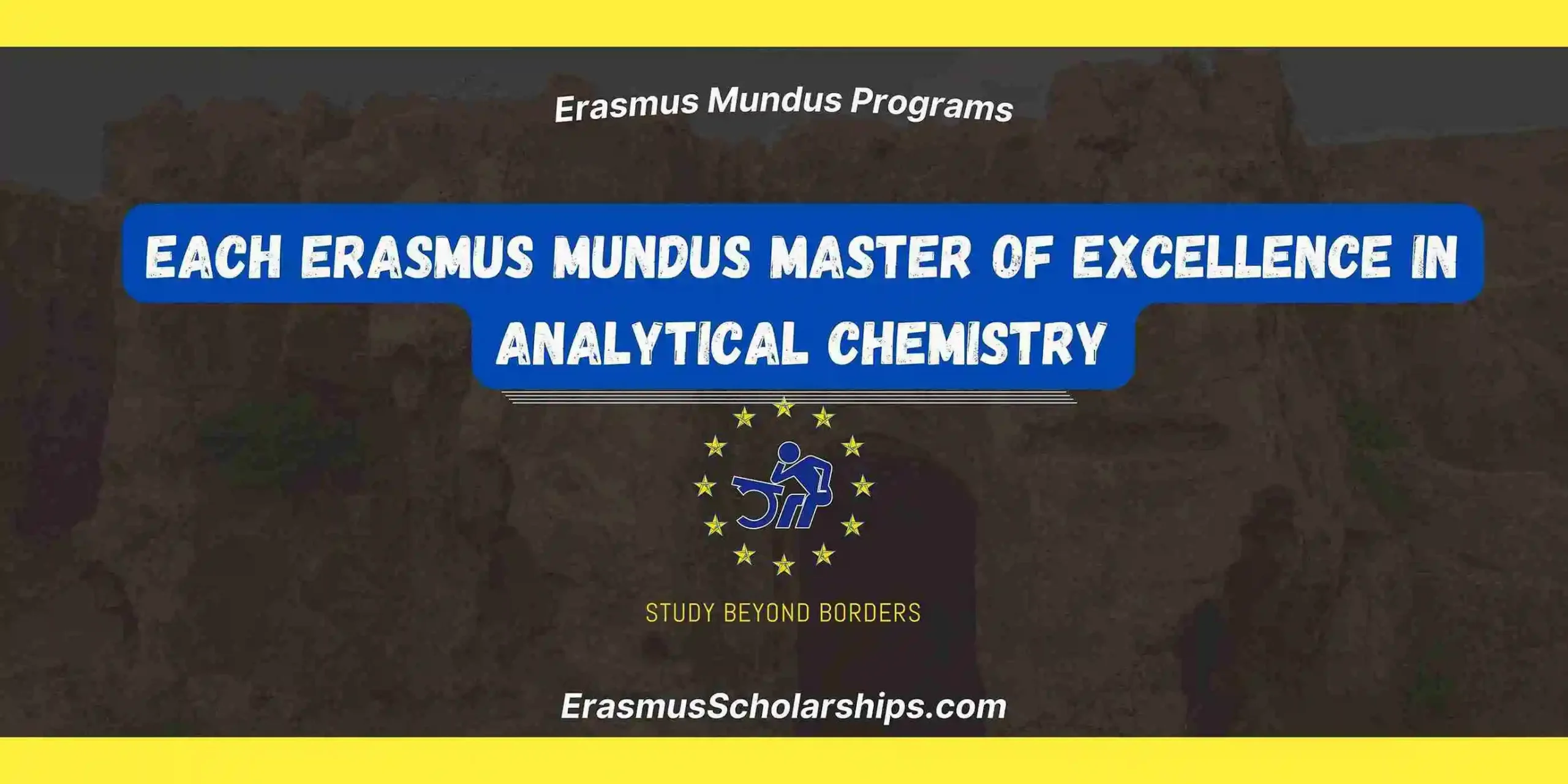The SMACCs Erasmus Mundus is a prestigious two-year (120 ECTS) joint master’s program designed to educate the next generation of engineers, scientists, and decision-makers for Smart Cities and Communities. With funding from Erasmus+ EMJM running from 2023 to 2029, SMACCs provides in-depth training across core pillars of urban sustainability: Energy, Transport, Building Efficiency, ICT, and Urban Planning.
Delivered in English by a consortium of four European universities, the program combines rigorous academic coursework, cross-border mobility, and strong professional exposure through over 50 industry and research partners. Graduates gain a unique interdisciplinary edge in an increasingly important sector.
Project Status
- Status: Ongoing
- Start date 01-10-2023
- End date 30-11-2029
- Action Type: Erasmus Mundus Joint Master
- Universities Involved
- Countries Involved
The SMACCs Erasmus Mundus program offers students the opportunity to study at four top-tier universities across Europe.
| University of Mons |
| International Hellenic University |
| University of the Basque Country |
| University of Vaasa |
| Spain |
| Belgium |
| Greece |
| Finland |
This cross-border collaboration allows students to gain an international perspective while studying and researching in the heart of Europe’s academic and industrial hubs.
Description of the SMACCs Erasmus Mundus Program
The SMACCs Erasmus Mundus program aims to build professionals who can bridge technical and societal disciplines in smart urban environments. The curriculum covers systems-level understanding, innovation in ICT, energy and transport efficiency, and sustainable architecture alongside practical exposure and field engagement.
Key features of the SMACCs Erasmus Mundus Program
- 4 specializations:
- Smart Grids & Demand Management (Vaasa)
- Sustainable Urban Planning, Energy & Transport (Mons)
- ICT (IHU)
- Building Efficiency (Basque)
- Compulsory physical mobility: Students study at three different campuses in the first three semesters, then complete a thesis in the fourth semester
- Joint MSc degree awarded by UPV/EHU, plus additional degrees from partner institutions depending on specialization and thesis supervision
- Strong industry engagement via associated partners that host traineeships, guest lectures, and thesis supervision
Mobility tracks of the SMACCs Erasmus Mundus Program
| Semester | Location (University) | Specialization |
|---|---|---|
| 1 | Vaasa (Finland) or Basque Country (Spain) | Smart Grids / Building Efficiency |
| 2 | Mons (Belgium) or IHU (Greece) | Urban Planning or ICT |
| 3 | Vaasa or Basque Country (whichever not chosen in Sem 1) | Same as Semester 1 |
| 4 (Thesis) | Any partner or associated institution | Based on students’ subject and topic |
Admission Requirements
- Bachelor’s degree in engineering (civil, electrical, mechanical, environmental, computer, energy, etc.) or sciences (physics, chemistry, mathematics); related fields considered case-by-case
- Final-year students are eligible if they graduate before 15 September of the intake year
- English proficiency: CEFR B2 minimum; IELTS ≥ 6.5 or equivalent tests
How to apply for SMACCs Erasmus Mundus Program
- Apply online through the SMACCs portal during the open call (December–15 Feb for Edition 2)
- Upload: transcripts, CV, motivation letter, references, and proof of English proficiency
- Complete evaluation based on academics, motivation, experiences, and references
- Shortlisted candidates (scholarship applicants) attend a Teams interview in early April
- Results announced; EMJM, consortium, and partner scholarships awarded; self-funded candidates also accepted
Tips to win the SMACCs Erasmus Mundus Program
- Highlight strong engineering/science background and smart-city related projects
- Demonstrate international mobility readiness and adaptability
- Provide compelling motivational letters and strong references
- Prepare for interview by understanding your specialization and mobility choices
- Apply early and ensure full documentation
Application Timeline
| Event | Deadline |
|---|---|
| Applications open (Edition 2) | Around November or December |
| Scholarship deadline | In February |
| Interviews (shortlisted) | Early April |
| Cohort starts | September 2025 |
Curriculum Structure of the SMACCs Erasmus Mundus Program
- Semester 1–3 (30 ECTS each): Core & specialized modules across universities—energy systems, ICT, urban planning, building tech, and seminars
- Semester 4 (30 ECTS): Master’s thesis at any SMACCs partner or associated institution, with research or industry supervision
Coordinator Contact
- Email: info@smaccs.eu
Frequently Asked Questions (FAQs)
What scholarships are available for the SMACCs Erasmus Mundus Program?
Eligible students may receive EMJM scholarships, consortium scholarships, partner scholarships, or Erasmus+ mobility grants. Self-funded admission is also available
What academic background is required for the SMACCs Erasmus Mundus Program?
A Bachelor’s in engineering or science (180 ECTS minimum). Degrees from related fields are considered case-by-case with strong quantitative content.
Are non-EU students eligible for the SMACCs Erasmus Mundus Program?
Absolutely! Scholarships and self-funded slots are open to candidates worldwide, regardless of nationality.
How many countries will I study in with the SMACCs Erasmus Mundus Program?
Students study in at least three different countries during the program’s four semesters.
Can I do my thesis outside Europe?
Yes, semester 4 (thesis) can be completed at associated partner institutions worldwide, depending on arrangements.

